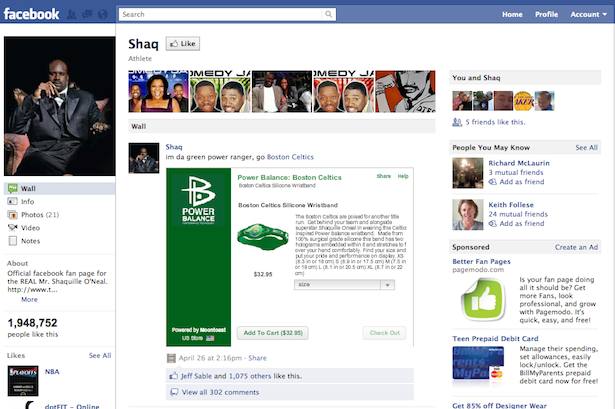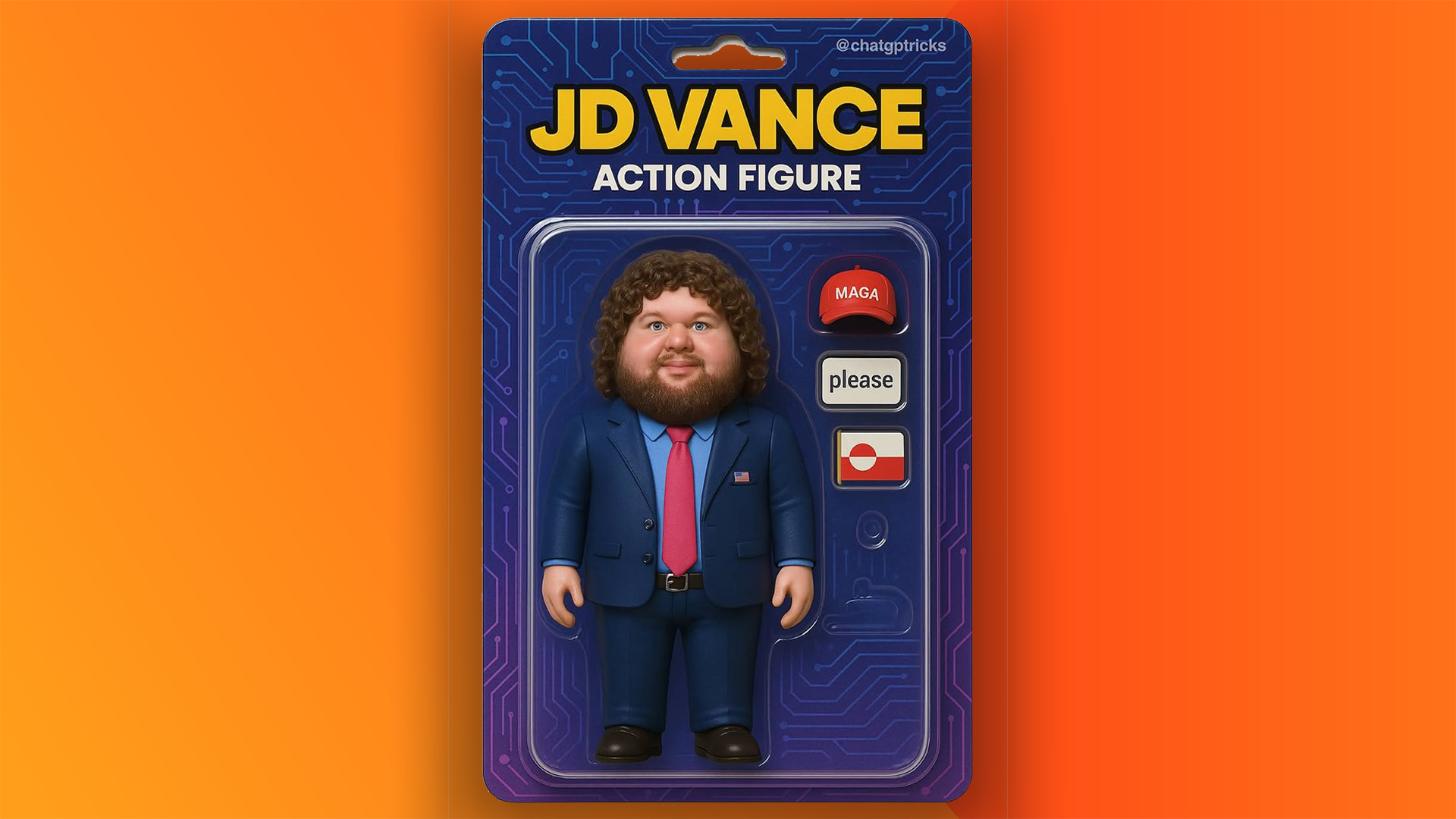The five rules of Facebook marketing
Marcus Whitney, co-founder of social commerce platform Moontoast, lists the rules you need to know to grow your brand on Facebook, look after your fanbase and make some money along the way
If you are responsible for the online marketing or ecommerce efforts of your company, and your company can legitimately call its customers ‘fans’, then you’re probably doing a lot on Facebook. And for good reason. Facebook is a fantastic utility for sending messages to your fans, getting them to interact (in public) with you by ‘liking’, sharing and commenting on your messages, and even driving them to buy something from you.
But like all good things, there are rules of the road that you need to know, or otherwise you’ll run off the rails. The consequences can be losing the trust of your organisation, failing to connect with your fans and doing real damage to your brand. Do it right, and Facebook can be your go-to customer acquisition channel as well as your trusted friend when you need to boost revenue at the end of the month.
1. Target the news feed, respect the Edgerank
There is a horde of really amazing tab tools that help you make your fan page really attractive and interactive. But here’s the thing… you have no chance of getting your fans to see your tab if you don’t grab them in the news feed. And you can’t even get to them in the news feed if you don’t know how to get in their news feed. Enter Edgerank.
Edgerank is Facebook’s algorithm for determining what posts should show up in a Facebook user’s Top News feed. It is very similar to PageRank for SEO on Google, and you need to structure your messaging efforts for optimal Edgerank scoring. Edgerank has three key weighting categories, or “edges”, that you should pay attention to with each and every post:
Affinity: This is a one-way measurement by Facebook of how much affinity that fan has for your brand. You can bet that this measurement is determined by engagement and blocking of content. Obviously, you don’t want to come off spammy and get blocked, so make sure your content has value to your fan, and doesn’t just sell your services or products. Also, you want to make sure that your posts all drive the fan to interact in some way. You can do that by celebrating them, engaging them with Facebook questions, or sharing a valuable link that they will happily share with their network.
Post Type: Our own experience tells us that the richer the content, the more likely it will show up in the Top News of your fan’s news feed. So, stick to rich posts with photos and videos, and avoid too many text only updates.
Time Decay: This is obvious to us all. If you posted today, you have a good shot at getting into the news feed. If your last post was a week ago, good luck.
Get the Creative Bloq Newsletter
Daily design news, reviews, how-tos and more, as picked by the editors.
Now that you understand how Facebook evaluates what should be in the news feed of your target, your fan, and we know that this is the most important placement you can achieve in Facebook, let’s get to the tactics that you can use to build your brand and cash flow.
2. Be consistent with content as your hook
Here’s the thing. Facebook is a relationship tool, and relationships are work. You know that. But somehow we think that marketing in Facebook has a shortcut… nope. You have to work at it, all the time. And you have to be authentic. The web has turned our global economy into a small town shop where your reputation can sink or sail based on word of mouth from your customers. Be real and superserve them and they will not only engage, but become brand ambassadors. If you only try to get them to buy your product, you’ll come off like a used car salesman at the end of a bad quarter.
With that in mind, you probably don’t want to let a business day go by without sending a message of some type to fans. Of course, this kind of pressure can more easily lead to bad results than good ones; the old quantity-over-quality disease. There’s no short answer on how to beat this, but just know that your content needs to be GREAT. That means it needs to be authentic, clearly engaging and worth sharing. Do yourself a favour and pick up a copy of Content Rules and follow it: www.contentrulesbook.com.
3. Sell inside of Facebook, not outside of it
Facebook is a super powerful platform, especially since it has enabled iFrames in page tabs. You can give your fans an opportunity to buy from you directly in Facebook, and that’s exactly what you should do. Why? If you get them to buy from you in Facebook, once they are done buying from you, they are going to do you the biggest favour imaginable; they are going to tell all their friends they just bought from you. Customer Acquisition courtesy of your fans: exactly what you want. Take them out of Facebook, and lose that “net promoter score” juice.

4. Use the 10:1 share to sell ratio
Share more than you sell. A lot more.
Your fans appreciate you giving them insight into your brand, engaging them for feedback, and sharing things that they value and can in turn share with their friends. By doing a lot of this, you are building trust, affinity and yes, love…the kind of love that will be measurable as soon as you send them a message to buy from you.
Try to share at least 10 times to every time that you try to sell to them. And when you sell, don’t game them. Don’t try to be sneaky. In fact, you can be entertaining when you sell – post offers at regular times throughout the week and you not only add content to speak about, but your fans will come to expect great offers from you on a regular basis.
5. Measure the value of your fanbase
You will need to start to measure your fan base to get your own gauge on how much you can safely monetise them. You want to know when you are underselling, and when they are starting to get turned off. To do that, you’ll need to develop a set of metrics as well as measure your social media engagement and revenue over time. Some metrics you may want to start to look at are:
- Average revenue per fan
- Total potential reach of social graph (your fan base times 10)
- Average revenue per post
- % fan growth per month
There are others, but these are some good ones to start to look at as a baseline for your Facebook commerce efforts.
Expect to learn before you strike gold
Use these keys to unlock your potential Facebook commerce abilities, but go forth knowing that before you hit it big, you’ll be doing a lot of learning. Your customers will teach you how to get the most out of your interactions with them, so don’t try to shove it down their throats. It’s a conversation and a relationship that you are building with each and every one of them. If you pay attention to that, you’ll develop a great platform for meaningful revenue and customer acquisition with Facebook.

Thank you for reading 5 articles this month* Join now for unlimited access
Enjoy your first month for just £1 / $1 / €1
*Read 5 free articles per month without a subscription

Join now for unlimited access
Try first month for just £1 / $1 / €1
The Creative Bloq team is made up of a group of design fans, and has changed and evolved since Creative Bloq began back in 2012. The current website team consists of eight full-time members of staff: Editor Georgia Coggan, Deputy Editor Rosie Hilder, Ecommerce Editor Beren Neale, Senior News Editor Daniel Piper, Editor, Digital Art and 3D Ian Dean, Tech Reviews Editor Erlingur Einarsson, Ecommerce Writer Beth Nicholls and Staff Writer Natalie Fear, as well as a roster of freelancers from around the world. The ImagineFX magazine team also pitch in, ensuring that content from leading digital art publication ImagineFX is represented on Creative Bloq.
